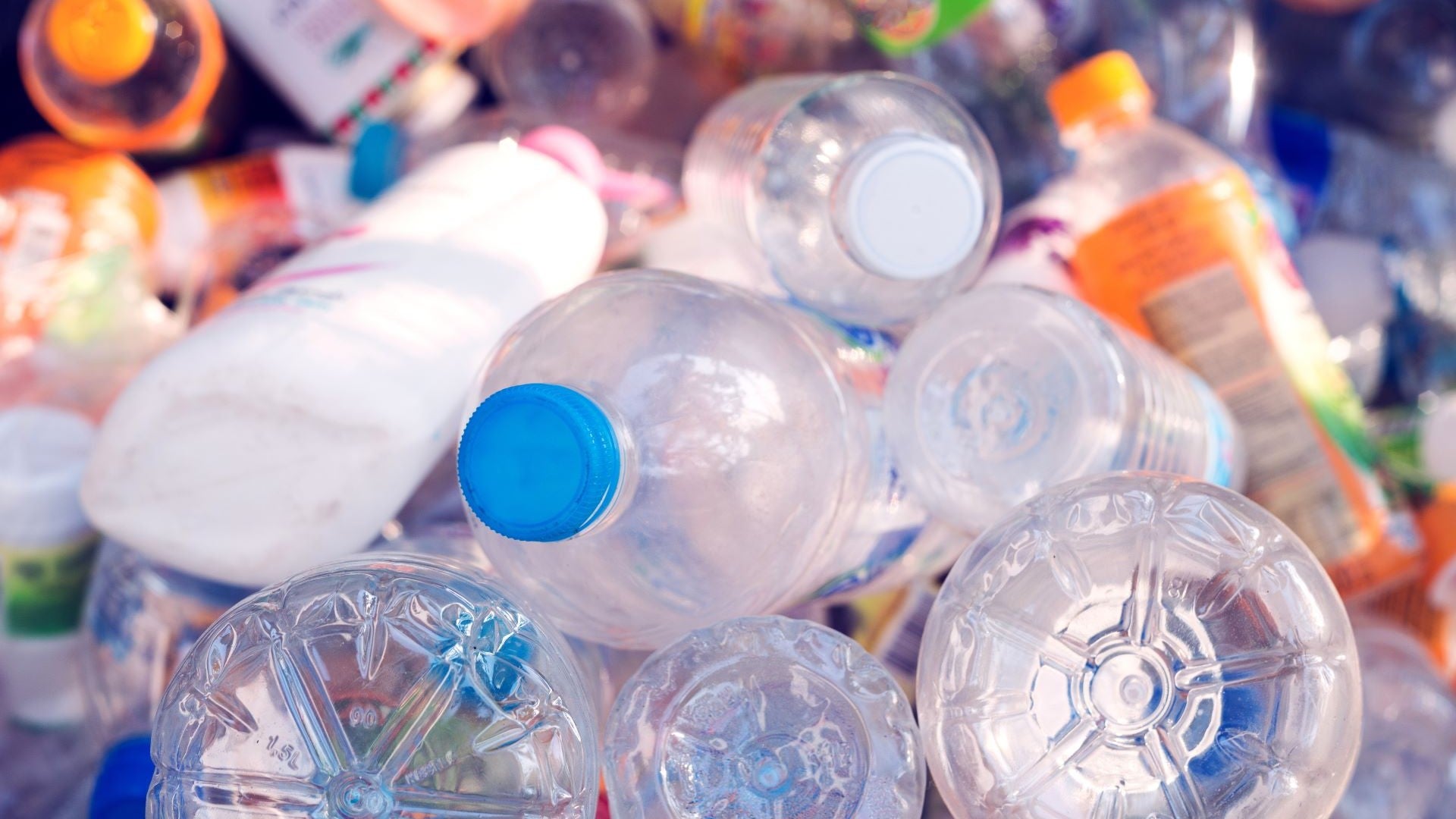
From discarded bags to ocean-drifting bottles, the visible impacts of single-use plastics are unmistakable. While we’re well aware of the plastic pollution crisis, what often goes unnoticed is its role in exacerbating global warming.
Our growing appetite for plastics is driving an increased demand for petrochemical products, warns the International Energy Agency.
Despite efforts to cut back on fossil fuels, the consumption of plastics is projected to surge, potentially accounting for 20% of oil consumption by 2050, according to the Center for International Environmental Law (CIEL).
This trajectory is alarming, given the commitment to reducing fossil fuel use in sectors like transportation and heating. The Center for International Environmental Law estimates that if these trends persist, plastics will represent a significant portion of our oil consumption in the coming decades.
Waste plastic amplifies climate change
The repercussions of our plastic consumption extend far beyond the convenience of single-use items. With only 16% of plastics being recycled, the majority finds its way to landfills, incineration sites, or ends up in our rivers and oceans.
The consequences extend beyond the obvious harm to marine life – as plastic breaks down in the ocean, it releases greenhouse gases like methane and ethylene.
This process, accelerated by sunlight and heat, not only harms our marine environments but also interferes with the ability of vital plankton to absorb carbon dioxide and produce oxygen.
The microplastics, pervasive in our oceans, hinder marine microorganisms’ ability to absorb carbon dioxide and release oxygen. As these microscopic plastics interfere with plankton, which generates half of Earth’s oxygen, they contribute to a detrimental feedback loop.
Microplastics and carbon capture
Microplastics, pervasive in our oceans, hinder marine microorganisms’ ability to absorb carbon dioxide and release oxygen.
As these microscopic plastics interfere with plankton, which generates half of Earth’s oxygen, they contribute to a detrimental feedback loop.
A plastic-laden and warming ocean disrupts plant and animal life, reduces carbon absorption, and hampers our fight against climate change.
Air pollution from plastic burning
The common practice of open burning of waste, including plastics, significantly contributes to air pollution.
Burning plastics releases toxic chemicals, with black carbon being a particularly serious pollutant, boasting a global warming potential up to 5,000 times greater than carbon dioxide.
This raises serious concerns about the environmental and health implications of plastic incineration.
In 2019, the CIEL estimated that plastic production and incineration contributed a staggering 850m metric tons of greenhouse gases – equivalent to emissions from 189 coal-fired power plants.
If current trends persist, this could escalate to 2.8 gigatons of carbon dioxide per year by 2050, equivalent to the emissions of 615 coal plants.
The solution: embracing a circular economy
To combat plastic pollution, establishing a circular economy is paramount. This entails making plastic products reusable, recyclable, or compostable.
Achieving this transformation requires substantial investments in collection and reprocessing infrastructure, marking a crucial step towards a sustainable and plastic-free future.
A circular economy for plastic involves rethinking the entire lifecycle of plastic products. Instead of being discarded after a single use, plastics should be designed to be reused or recycled, minimising their impact on the environment.
This shift requires a concerted effort from governments, industries, and individuals to invest in innovative solutions and embrace sustainable practices.
Investing in infrastructure
Central to the success of a circular economy for plastic is the development of robust collection and reprocessing infrastructure. This involves creating efficient systems for collecting used plastics, sorting them appropriately, and processing them for reuse or recycling.
Adequate infrastructure ensures that plastic waste is managed effectively, reducing the amount that ends up in landfills or incineration sites.
Governments play a crucial role in facilitating this transformation by implementing policies that encourage the development of such infrastructure.
Financial incentives, regulations promoting sustainable practices, and collaboration with the private sector are key components of creating a supportive environment for a circular economy.
Public awareness and responsibility
Creating a sustainable future also requires raising public awareness about the environmental impact of plastic and fostering a sense of responsibility among individuals.
Education campaigns can inform the public about the consequences of single-use plastics and encourage responsible consumption habits.
By promoting a shift in consumer behaviour towards sustainable alternatives and responsible disposal practices, individuals can actively contribute to reducing plastic pollution.
This collective effort, combined with systemic changes and infrastructure development, is essential for the success of a circular economy for plastic.
The takeaway
The plastic pollution crisis is not just a threat to marine life; it’s a significant contributor to climate change. As our demand for plastics continues to rise, it is imperative to address the entire lifecycle of plastic products, from production to disposal.
A circular economy offers a promising solution, but it requires a comprehensive and collaborative effort from governments, industries, and individuals.
By investing in infrastructure, raising public awareness, and fostering a sense of responsibility, we can work towards a future where plastics no longer wreak havoc on our oceans and atmosphere.
The time to act is now, as the consequences of plastic pollution are not only visible in our environment but also in the broader challenge of mitigating climate change.



